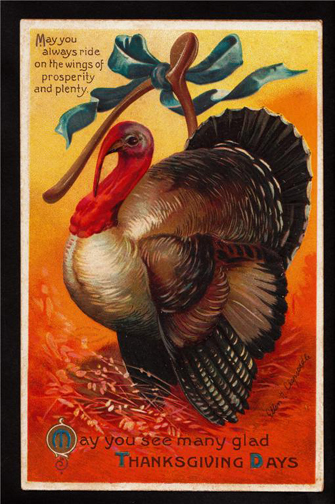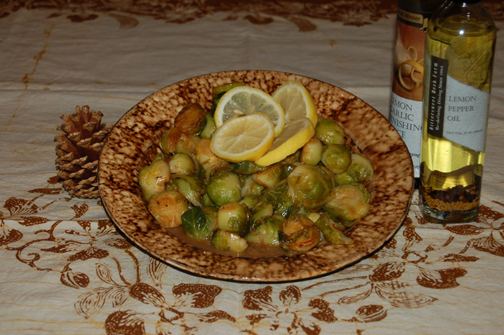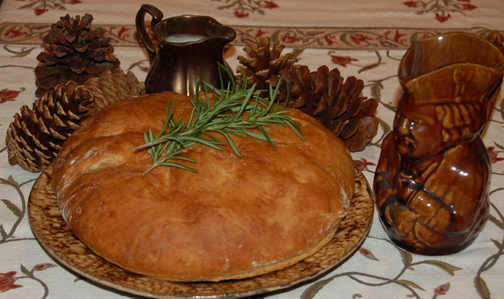My nephew Michael loves having my mother and me in the house. Although I’d like to attribute his joy to our adorable personalities, I’m afraid that the real lure is, in Michael’s words, “cooking with sugar.” We tend to make delicious sweet things for and with him, particularly during the Thanksgiving and Christmas season.
As far as I’m concerned, the sugar we cook with is really our boy. If you haven’t cooked with children lately, grab yours or go out and borrow one and head right into the kitchen. Kids remind us that sifting, kneading, and stirring can all be forms of play. Young cooks tend to make a bit of a mess in the kitchen, but grownups almost always end up smiling as they mop up. Moreover, the junior chefs are usually game to help erase the marks of their work in the kitchen, especially if bribed with a home-made treat.
Last Monday, Michael, his mom Leigh, my mother Jan, and I all got together to work on one of Michael’s cub-scout tasks, reading and following through on a recipe. Naturally, he chose to make something sweet–butterscotch brownies. This recipe is a great starter for kids because it takes only 15 to 20 minutes to get into the oven, and all of the prep work can be done in the saucepan with which you melt butter at the very beginning.
Michael proudly took the brownies to his scout meeting that evening. He did save one or two for home consumption, however!
Butterscotch Brownies
Ingredients:
1/2 cup (1 stick) sweet butter
1 pound light brown sugar
2 eggs
2 teaspoons baking powder
1/2 teaspoon salt
1-1/2 cups flour
1 tablespoon vanilla
Instructions:
Preheat the oven to 350 degrees. Line a 9-by-13-inch pan with aluminum foil, and grease the foil as well as you can (it’s a little awkward to work with).
In a 2-quart saucepan over medium-low heat, melt the butter, stirring frequently to keep it from burning. Remove it from the heat.
Using a wooden spoon, stir in the brown sugar, being careful to crush any lumps in the sugar. Beat in the eggs, 1 at a time, and then stir in the baking powder and salt. Stir in the flour, followed by the vanilla.
Spoon the batter into the prepared pan (the batter will be thick so you’ll need a spatula), and bake the brownies for 25 to 30 minutes, or until they are ALMOST firm to the touch. Allow them to cool on a rack; then slice them into squares. Makes about 32 squares (depending on how big you cut them!).



















